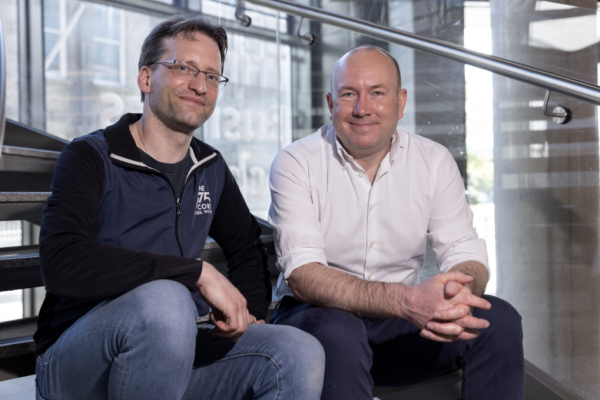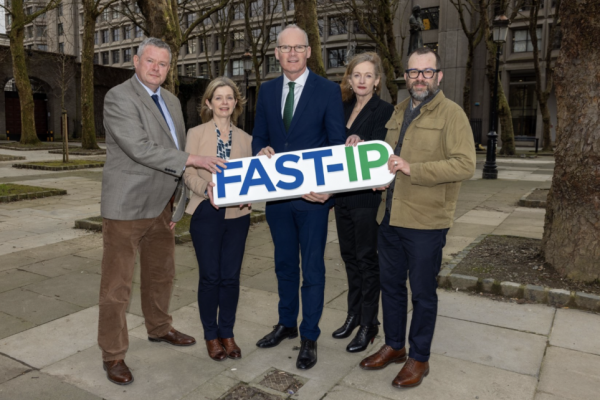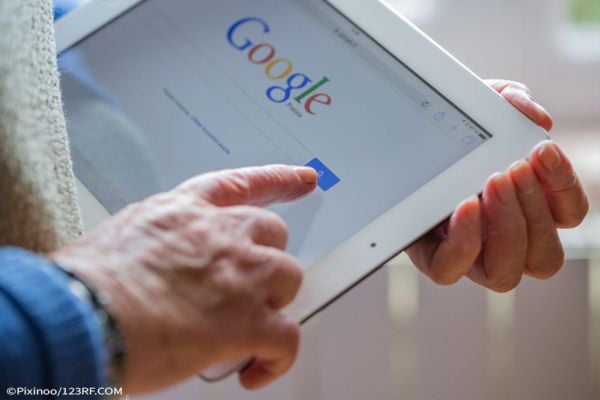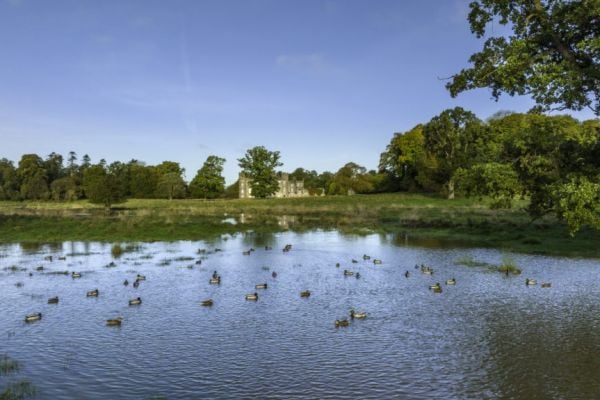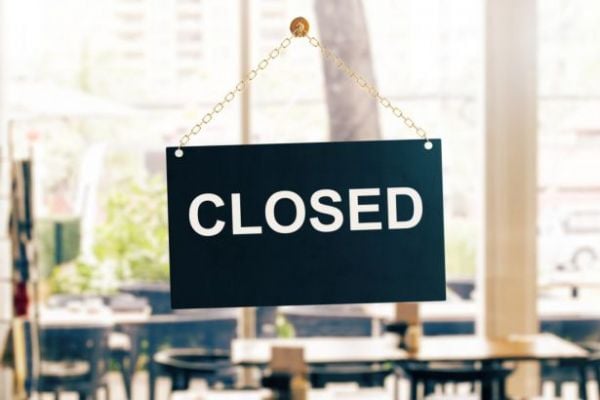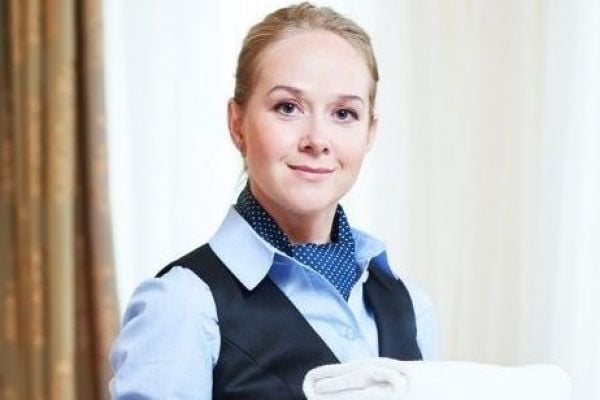Save money and save the planet. It might sound like an idealistic hippie ideal, but, in fact, this is the mantra of some of the most successful hospitality businesses in the country. Emily Hourican spoke to James Hogan of the Green Hospitality Programme about simple ways to cut costs and increase energy-efficiency.
Everybody loves a win-win situation, and what could be more generally winning than the prospect of saving money while adopting more environmentally sound practices? The hospitality industry, traditionally, has a heavy carbon footprint – heat, light, energy and waste are all major areas of financial outlay and consumption. However, there is much that can be done to reduce both of these things, and, increasingly, this is an area where expertise is growing, along with an awareness of potential savings. Just as hotel, pub and restaurant owners and managers are turning their full attention to the matter of reducing costs, an ever-increasing wealth of advice and information is available to them through the Green Hospitality Programme. Specifically, this is now available in the form of a newly published booklet, Resource Efficiency in the Hospitality Sector. In fact, the coming together of these two things is highly zeitgeist-y, and represents a small-scale image of exactly the concerns dominating the wider world: the long-term future of the planet and the short-term viability of businesses in an increasingly tough trading environment. The format of the booklet is particularly effective because rather than present abstract findings, it concentrates on case studies involving various hotels. Who did what, when, how, and how much did they save, is the basic format. And highly effective it is, too. For example, the Maritime Hotel in Bantry, which has 100 bedrooms and a leisure centre, replaced 240 halogen spots with 3-watt LEDs. The investment was €6,000, the cost savings will be €7,128 per annum, and the CO2 reduction is 32 tonnes per annum.So, how hard has it been in general to persuade hospitality businesses to become involved? James Hogan of the Green Hospitality Programme talks me through it. “We’ve been running the Green Hospitality Programme since 2008, with funding from the Environmental Protection Agency, but it has been in existence in some form since 2004. Our benchmark figures go back that far – for example, how much waste is going to landfill sites, how much water is being used per guest, how much energy used.” And what do these benchmarks show? “Hotels have improved significantly – that’s the good news – and much of that is down to the programme. Hotels have become more aware, and legislation, particularly around food waste, composting and so on, takes it out of landfills. In 2004, 3.5 kilogrammes of waste per sleeper was going to landfills. That is now down to 0.8 kilogrammes, which represents an 80-per-cent reduction. We wouldn’t claim all the credit for that, but when you look at energy figures, there has been a 25-per-cent reduction in energy consumed per metre squared per annum. That is down to hotels becoming more energy-savvy, which, in turn, is thanks to better awareness and education.”So, what exactly is driving resolve among hospitality providers? “You had a group of people who were already conscious, but outside that, the biggest driving factor by far was cost. The cost of energy, of water, and so on. In the Celtic Tiger era, businesses didn’t care too much because there were plenty of customers and plenty of profit, so they were not too concerned about having energy-efficient bulbs. Now it is a priority for businesses to cut costs, so putting in energy-efficient lighting makes more sense than it did a few years ago. It is a more attractive proposition.“The case-study booklet demonstrates clearly what member hotels and restaurants are doing – what can be gained by implementing no-cost and low-cost solutions. Payback is generally less than a year – these are short- and medium-term solutions, not long-term. It’s about having the courage to go out there, spend a little bit of money, and reap the reward,” says Hogan. “Once they have done it once, they can see the benefit, and they can proceed from there.” There is a charge for joining the programme – it works out at roughly €500 for an average-sized business – but “the most important investment,” Hogan points out, “is time. Businesses need to set aside time to look at possible solutions, give themselves time to bring in suppliers, do calculations and decide on a course of action. More important than paying is commitment. Owners/managers need to put staff on the programme, give them time to come to the workshops, do the surveys in house – lighting surveys, water surveys, waste surveys. It all pays off.”How much are consumers driving the changes? “That is still quite limited. This is being driven, really, through large corporate bodies, like major companies and government departments, for example, who decided to deliberately seek out greener hotels for meetings and so on. Google are looking for greener hotels, for example, but the general Irish Joe Soap is not too pushed. He or she is still looking primarily at cost.”However, there are increasing incentives within hotels to engage consumers in a positive manner. The Westin Hotel has introduced a housekeeping-declining option, via a card left on each bed. This allows customers to refuse a room change, thereby reducing their environmental impact, and in return, the hotel will give them a €5 voucher to be spent in the bar or restaurant, or 500 Starpoints for the Westin loyalty scheme. This is a steady step forward from the early incarnation of such schemes, which simply requested that guests decline housekeeping without any recompense, and led to customer mutterings about hotels being cheap.Declining housekeeping means, of course, reduced labour costs and reduced water, electricity, gas and cleaning-chemicals cost. The value of the refusal is worth a lot more than €5 to the hotel, and so represents a win-win. Another very obvious and worthwhile alteration concerns any premises with a leisure centre. Put all water features (the spa pool, jacuzzi, etc.) on sensors that turn on and off. This will dramatically reduce electricity usage.However, incentivising customers isn’t the only way forward. Staff, as Hogan points out, have a very large role to play in making recommendations for resource efficiency. “They are the ones who will spot extractor fans left on, waste of food, water leaking. They have lots of suggestions.” He recommends a scheme for staff whereby if they do make recommendations that result in saving money, that some of these savings should be returned to them via an extra few euro for the Christmas party or a day out. The good news is that Ireland has one of the highest percentages of certified green hotels in Europe, and Hogan finds that there is continued, steady growth in numbers joining the Green Hospitality Programme. “Despite the economic slowdown, our numbers are increasing. At the moment, we have 250 members, and we want to grow to 300 by the end of the year – 160 of those are hotels. We’d also like to see members going up in certification, from basic to more advanced.” Once part of the programme, members can attend workshops, receive advice and training on resource efficiency, and access the members’ section of the website, which carries valuable information and tips. This year, new members will be entitled to an on-site visit and free advice. Hogan guarantees, “Whatever they pay in membership, they will get back numerous times in savings”.One important point that Hogan makes is: “Customers shouldn’t notice any efficiencies you’ve made. Green is not necessarily lean or mean.” So if he was suggesting one step that a business could take to begin trying to tackle its waste and overheads, what would it be? “Well, I am assuming that most hotels have waste-management systems under control by now – they have to separate food and recyclables, and so on. And so, once that is in order, because energy is your biggest cost, I recommend monitoring what equipment you have in your hotel. Where is your energy used? Fans, ovens, dishwashers, lighting, heating, air-conditioning systems – all these are energy users. I would ask, say, to make a list of them, and ask, do they need to be left on for the duration they are currently on
for? If the answer is no, that they can be turned off for certain times, then that is your first saving. Train your staff to turn things off.“Calculate the energy they use – how many kilowatts per hour, and what is it costing you? Then perform a simple cost analysis. Can we do something to reduce this consumption? Can we put in sensors and timers for lighting?“Water – do an overnight test. See how much water is being used when everything is turned off, say from 12 midnight to 4 a.m. That is a simple way of checking if you have a leak. Has water been used when everything is turned off? If so, it is likely that you have leaks. We have seen hotels that are leaking 20 per cent of the water they are consuming, as much as sometimes 50 per cent. That is obviously very expensive.” One case study in Resource Efficiency in the Hospitality Sector is the Riverbank Hotel in Wexford, where leak-detection surveys saved €30,000 per annum.The booklet is being circulated free to all members of the Green Hospitality Programme, and it is also available to download from the website. A quick read through it proves the salient point: that there is no need for rocket science, or, usually, for expensive initial outlays, that considerable savings can be made by doing simple things and investing time and energy into the business of cutting costs and reducing waste.
Please see www.greenhospitality.ie for more.

